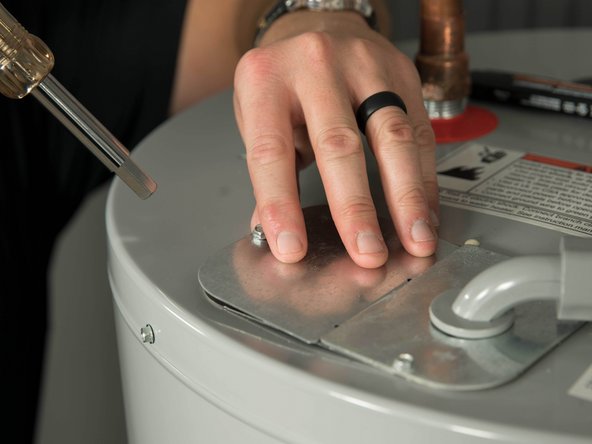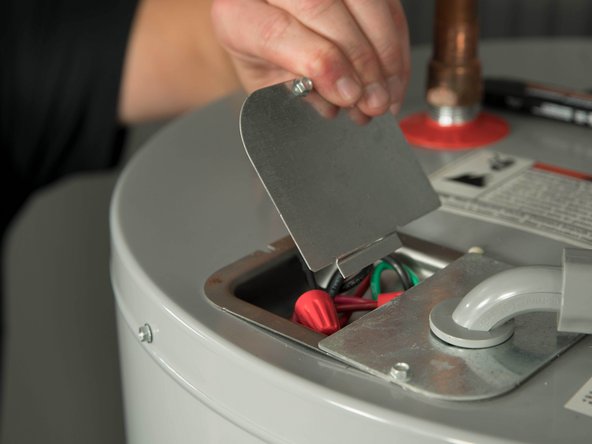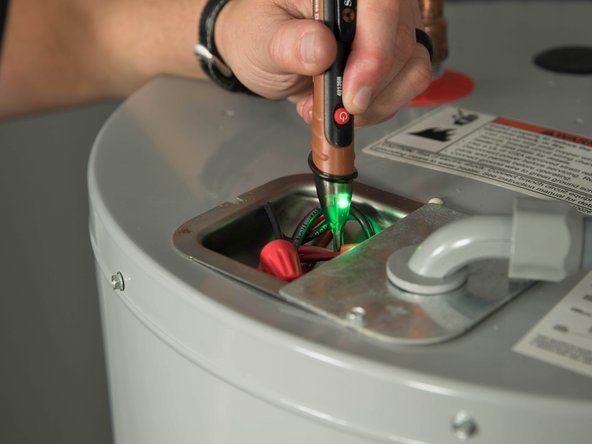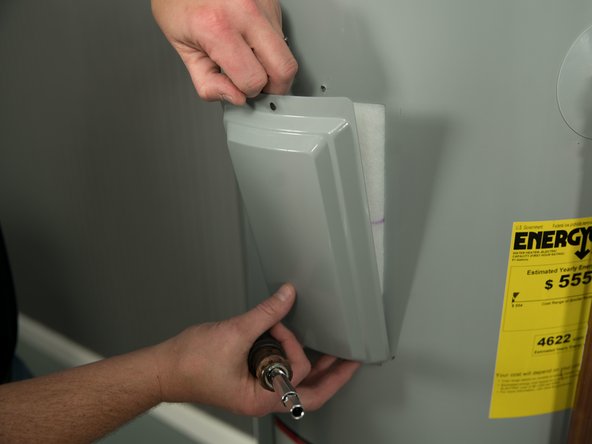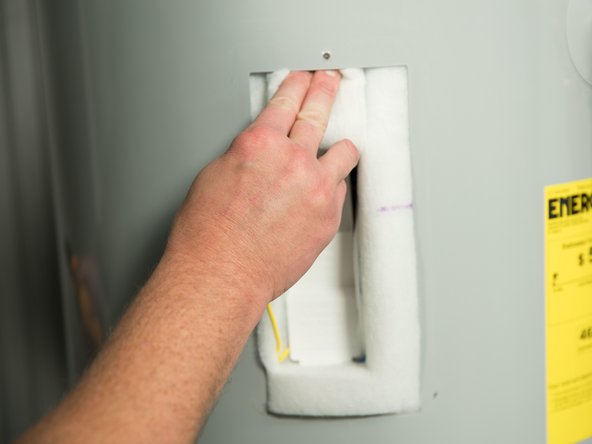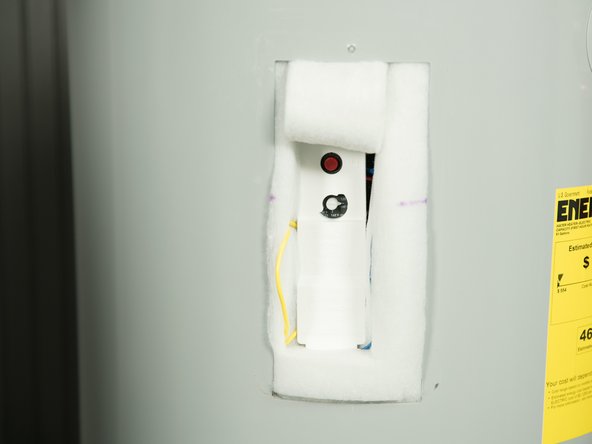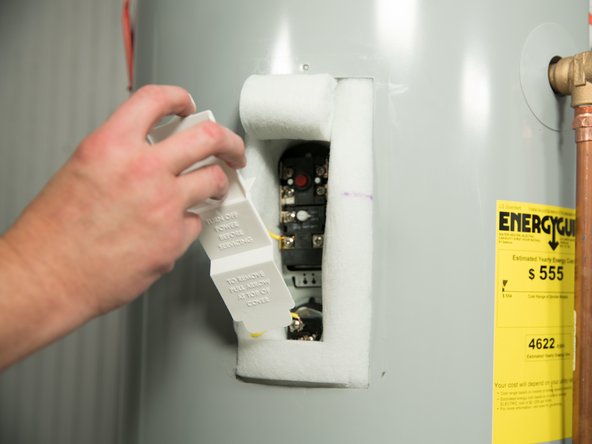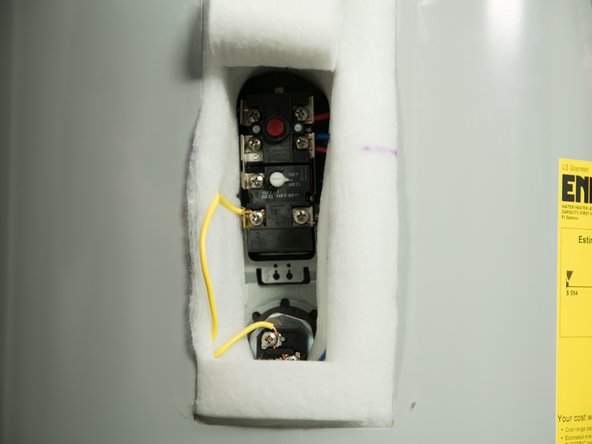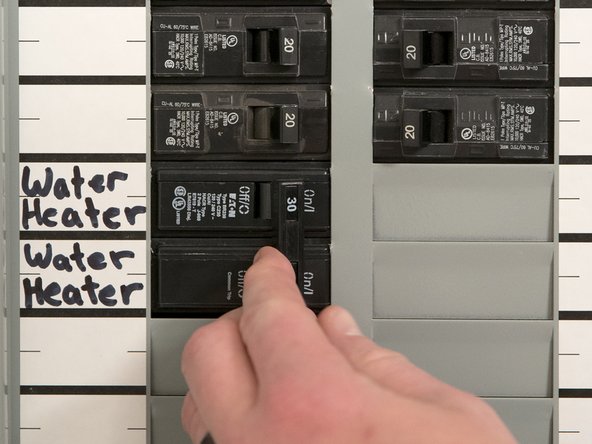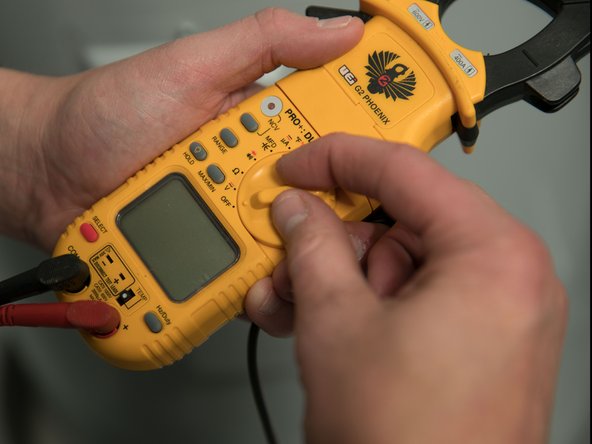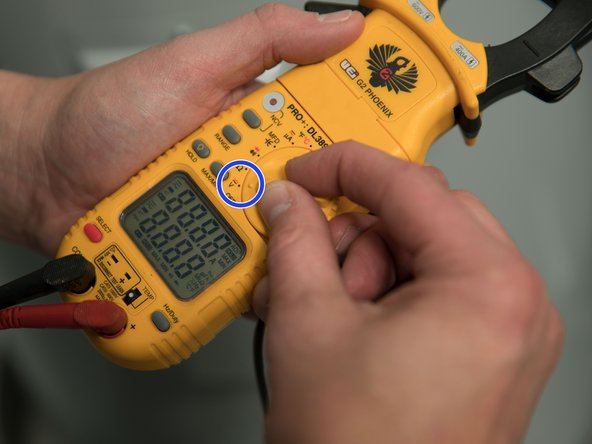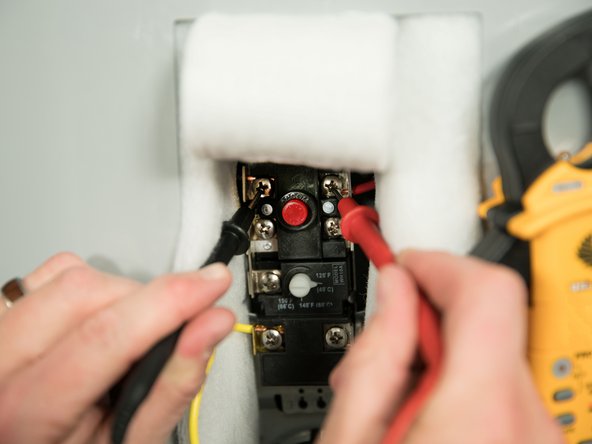Introduction
If you have some hot water, or the water is just not hot enough, or some other problem, see the Troubleshooting section. The guide below is for a new water heater installation where you have NO HOT WATER AT ALL.
If you have no hot water after installing a new water heater, the most likely reasons are (1) no electric power or (2) the upper heating element was burned out during installation (dry fire).
The information on this web site is supplemental to the printed instructions that came with your water heater. To reduce the risk of property damage, serious injury or death, read and follow all labels on the water heater and the safety instructions in the printed owner's manual.
-
-
Hand dishwashing soap
-
Element wrench
-
Garden hose and bucket (optional)
-
Multimeter
-
Non-contact circuit tester
-
Paper towels or shop rags
-
1/4" nut driver and/or screwdriver
-
New upper element
-
-
-
Locate the water heater's circuit breaker and turn it OFF (or remove the circuit's fuses).
-
WARNING! Before working on the water heater, use a non-contact circuit tester or volt meter to make sure power is off. Working on an energized appliance can cause electrical burns, electrocution or death.
-
-
-
Open the electrical junction box access panel on the old water heater.
-
Your access panel may look different and may use a different type of screw.
-
-
-
Using a non-contact circuit tester, check the power wires to make certain the power is off.
-
WARNING! Working on an energized circuit can result in severe injury or death from electrical shock. Check wires with a volt meter or circuit tester to make sure power is off.
-
-
-
Replace the junction box cover.
-
WARNING! Be sure all covers are secured to reduce the risk of fire and electric shock.
-
-
-
Remove the upper heating element cover.
-
-
-
Move the insulation out of the way (tuck the insulation under the water heater's jacket).
-
WARNING! Working on an energized circuit can result in severe injury or death from electrical shock. Check wires with a volt meter or circuit tester to make sure power is off.
-
-
-
Remove plastic protector.
-
-
-
Turn the power ON.
-
WARNING! Working near an energized circuit can result in severe injury or death from electrical shock.
-
-
-
See the water heater's data plate for the correct voltage.
-
Set the multimeter to read AC Volts.
-
-
-
WARNING! Working near an energized circuit can result in severe injury or death from electrical shock.
-
Check the voltage at the top two screws of the upper thermostat.
-
Compare your reading to the voltage listed on the data plate.
-
Choose how to continue below.
-
If the voltage does not match the requirements on the water heater's data plate (usually 240 volts AC), there is likely a problem with the home's electrical wiring. Contact an electrician or other qualified person.
-






